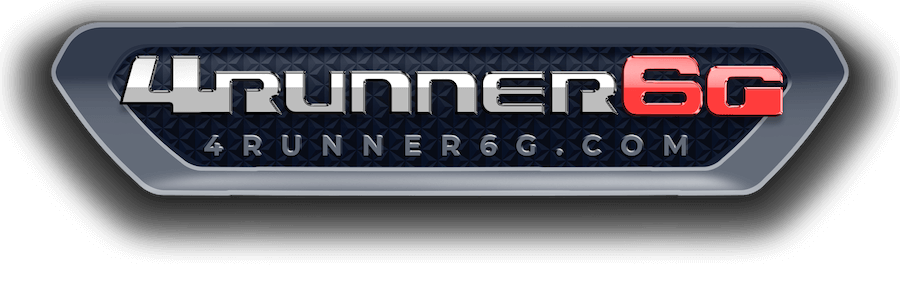- Thread starter
- #1
Saw this topic being discussed in the Trailhunter snorkel/engine video thread and thought some clarification on the Trailhunter snorkel would be helpful.
The Trailhunter snorkel's main purpose isn't to increase water crossing wading depth but to prevent dust from reaching the engine's air filter. The snorkel does this by raising the air intake inlet position. The 4Runner's standard air intake inlet location is in the wheel well, which is a good place because the fender liner does a good job of keeping the wheel well area's air free of water/dirt (which prevents them from reaching the air intake inlet), but dust can reach everywhere, including wheel wells and then the air inlet.
Dust is a particular big issue when offroading, which is what the Trailhunter is built for. And that's why it has a snorkel with a higher air inlet - to help the engine access cleaner, dust-free air.
This is why some call the Trailhunter's snorkel a "Desert Air Intake Snorkel"
A true snorkel system for deep water wading depth would have a sealed engine airbox, which the Trailhunter doesn't.
The Trailhunter snorkel's main purpose isn't to increase water crossing wading depth but to prevent dust from reaching the engine's air filter. The snorkel does this by raising the air intake inlet position. The 4Runner's standard air intake inlet location is in the wheel well, which is a good place because the fender liner does a good job of keeping the wheel well area's air free of water/dirt (which prevents them from reaching the air intake inlet), but dust can reach everywhere, including wheel wells and then the air inlet.
Dust is a particular big issue when offroading, which is what the Trailhunter is built for. And that's why it has a snorkel with a higher air inlet - to help the engine access cleaner, dust-free air.
This is why some call the Trailhunter's snorkel a "Desert Air Intake Snorkel"
A true snorkel system for deep water wading depth would have a sealed engine airbox, which the Trailhunter doesn't.
Sponsored
Last edited:
